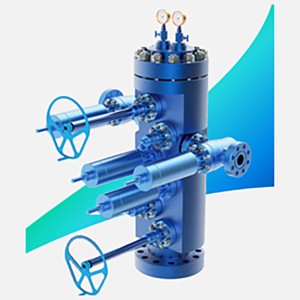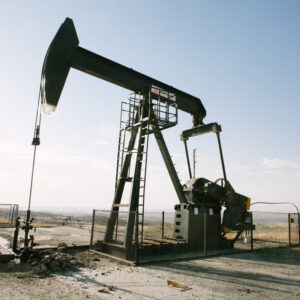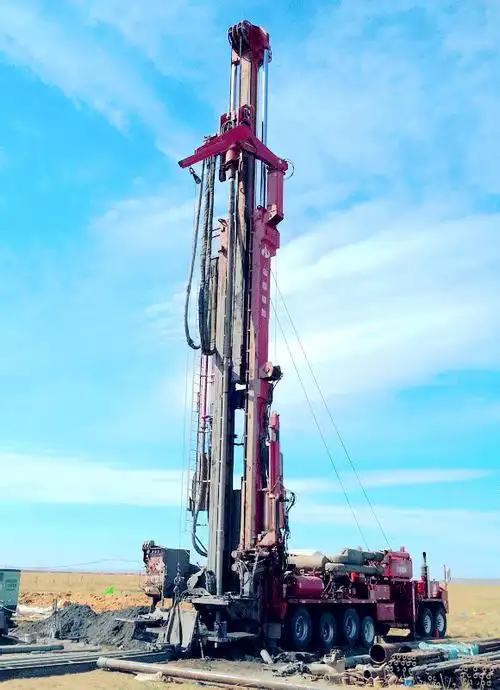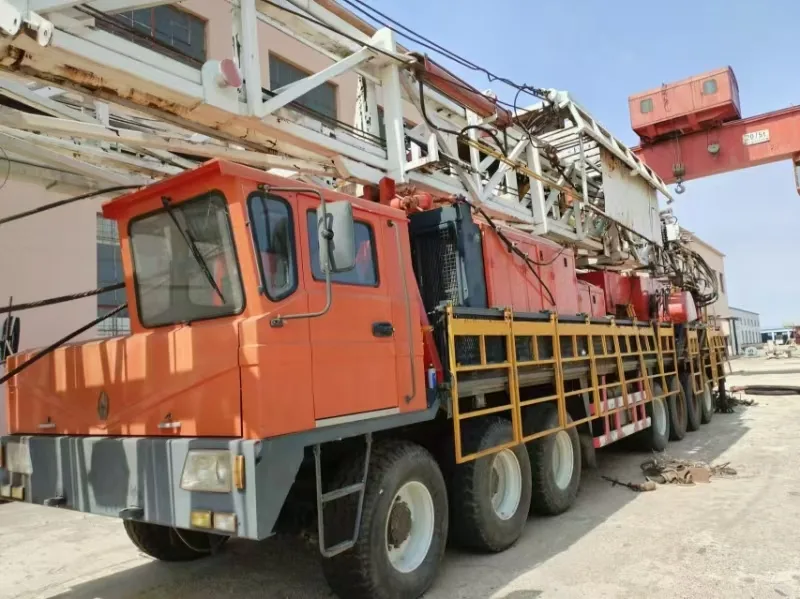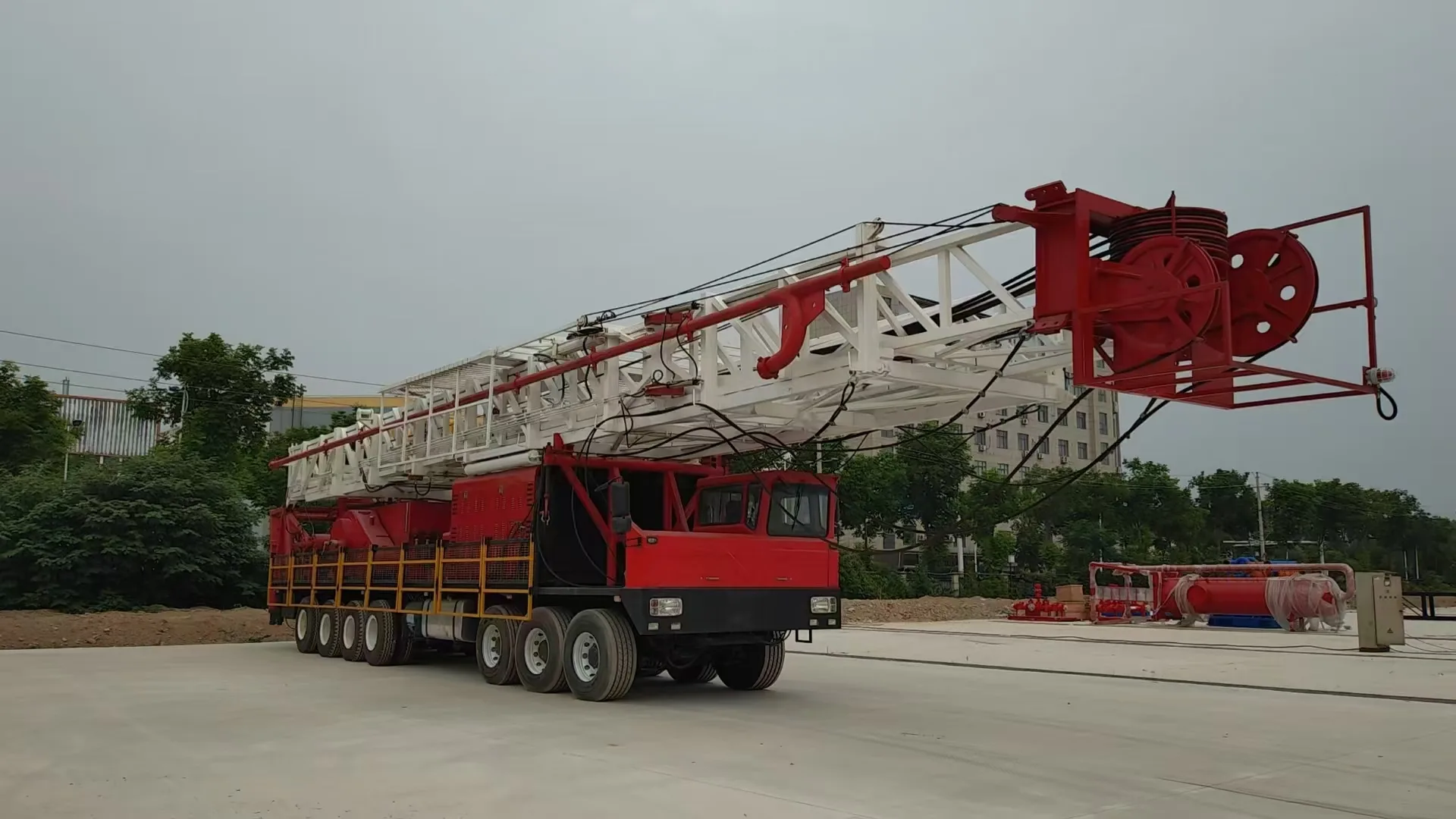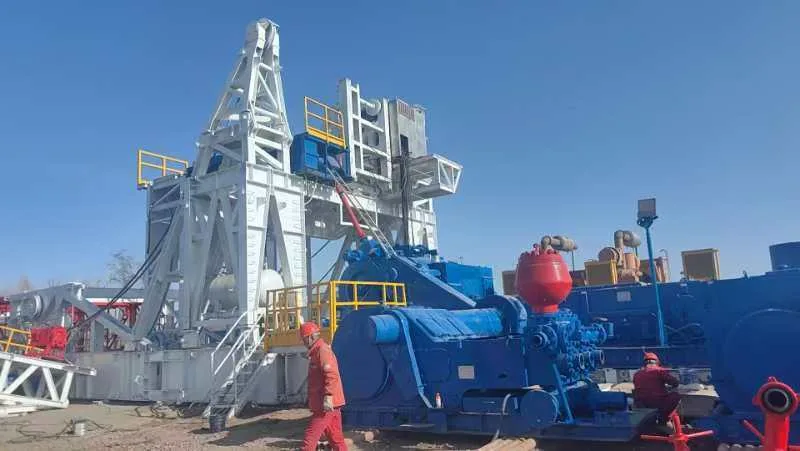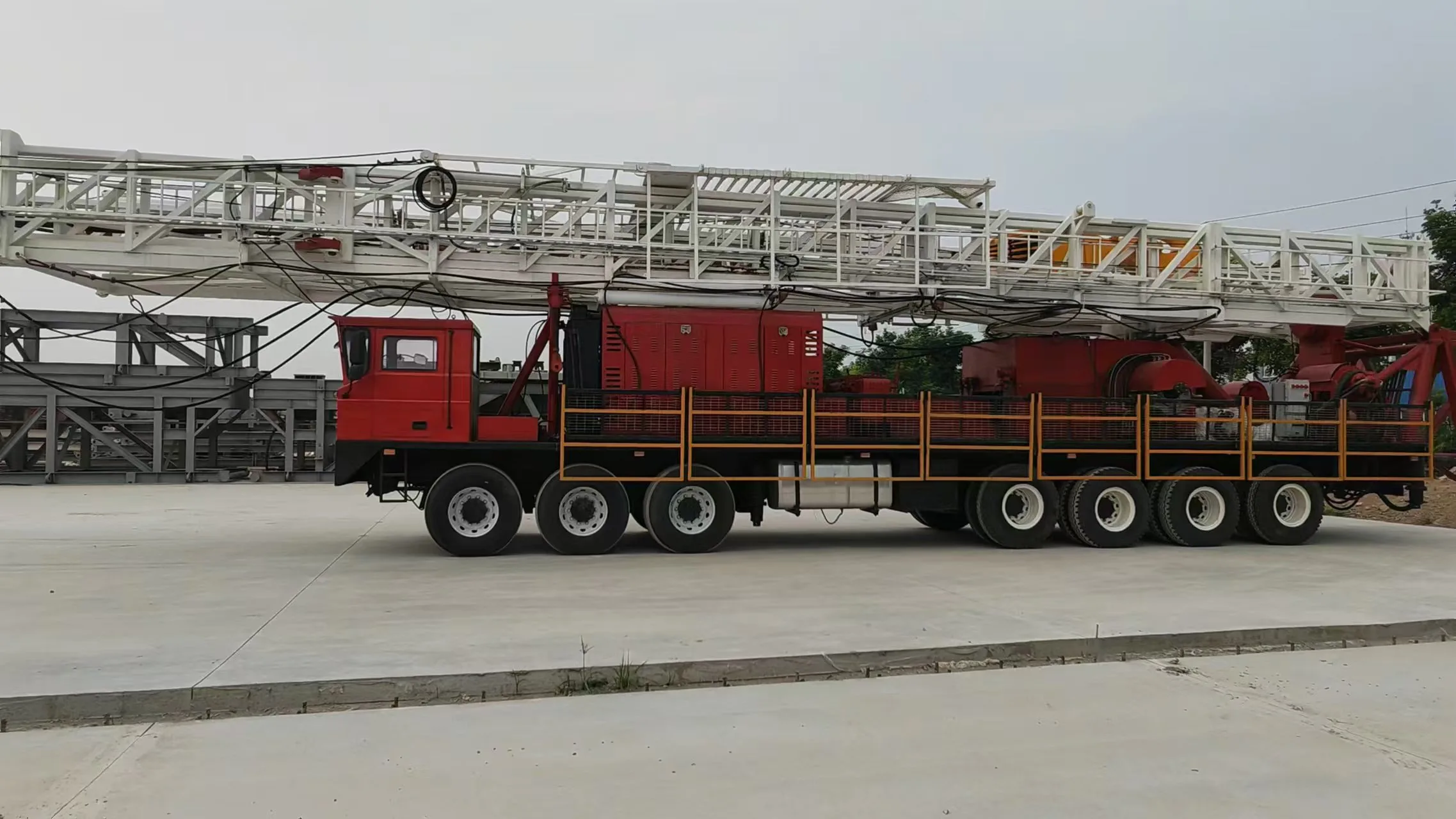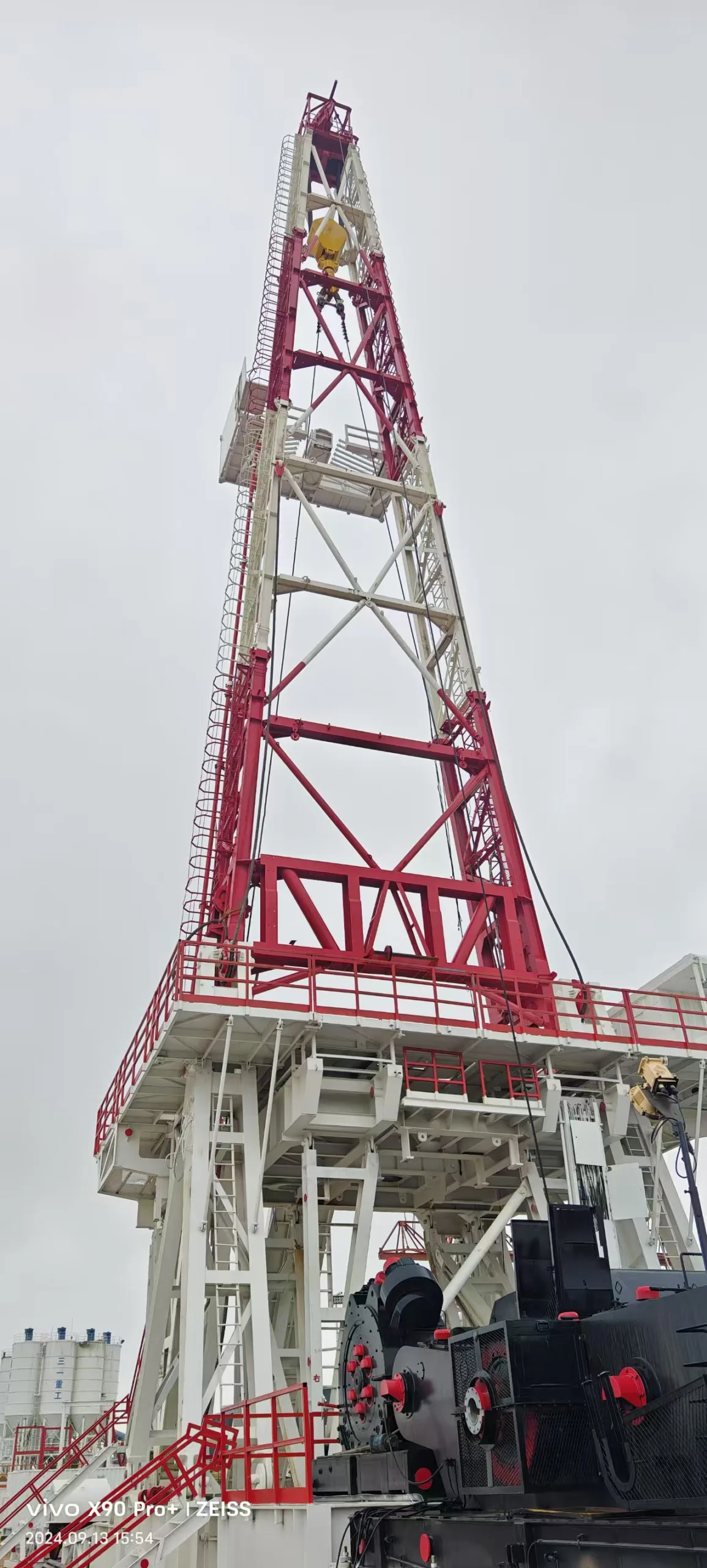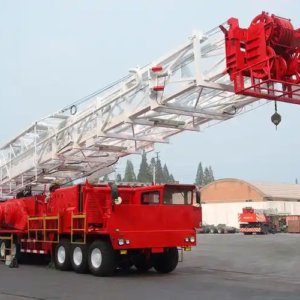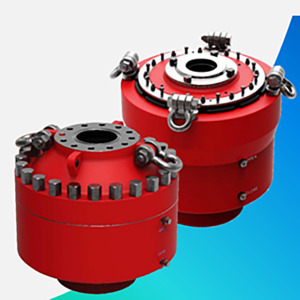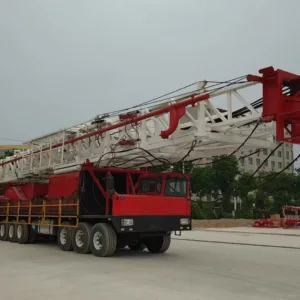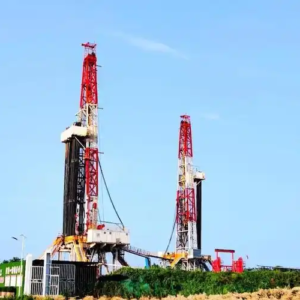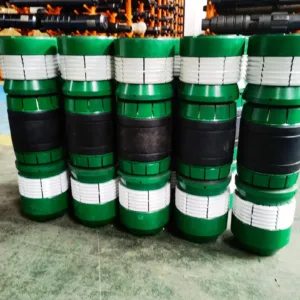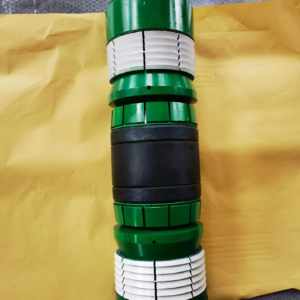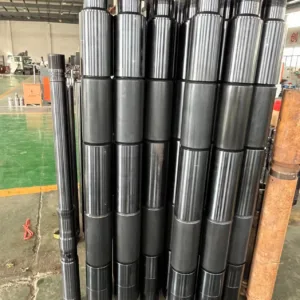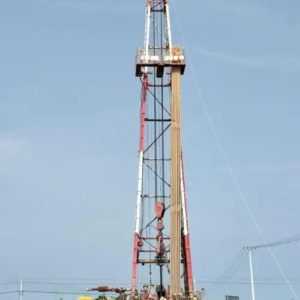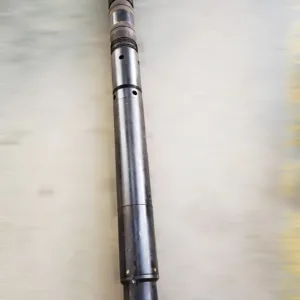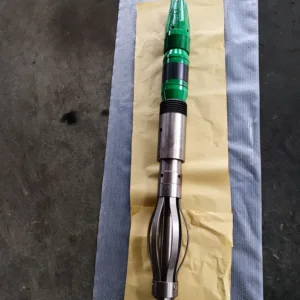Introduction:
An oil drilling rig is a sophisticated and specialized piece of equipment used in the oil and gas industry to explore, drill, and extract petroleum resources from underground reservoirs. It is a critical tool in the process of extracting valuable crude oil and natural gas reserves from deep within the Earth’s crust.
- Types:
Oil drilling rigs are classified based on their operational locations and include the following main types: - Onshore Drilling Rigs: These rigs are located on land and are commonly used for drilling wells in areas accessible by roads or land transport. Onshore drilling rigs vary in size and complexity, depending on the depth and geology of the well.
Offshore Drilling Rigs: These rigs are situated in bodies of water and are used for exploring and extracting oil reserves under the seabed. Offshore rigs are further categorized as follows:
- Fixed Platform: These rigs are firmly anchored to the seabed and are used in shallow waters where the water depth allows for stable installation.
- Semi-Submersible Drilling Rig: These rigs are partially submerged in water and use ballast systems to maintain stability during drilling operations. They are often deployed in deeper waters.
- Drillship: A drillship is a self-propelled vessel equipped with drilling equipment and can be used in various offshore locations.
Components:
An oil drilling rig consists of numerous interconnected components, each performing specific functions during the drilling process. The main components include:
- Derrick: The towering structure that provides vertical support for the drill string and other drilling equipment. It is typically made of steel and houses the crown block and traveling block.
- Mast: Similar to a derrick, the mast also supports the drill string and facilitates drilling operations. It is usually a more mobile structure compared to a derrick.
- Drill String: The drill string is a series of interconnected drill pipes that transmit rotational torque and axial force from the drilling equipment on the surface to the drill bit at the bottom of the well.
- Drill Bit: The drill bit is the cutting tool attached to the end of the drill string. It comes in various designs suited for different rock formations and drilling requirements.
- Drilling Fluid Circulation System: This system, also known as the mud system, pumps drilling fluid (drilling mud) down the drill string and back up to the surface. The mud cools and lubricates the drill bit, carries cuttings to the surface, and stabilizes the wellbore.
- Hoisting System: Comprising a drawworks and drilling line, the hoisting system is responsible for lifting and lowering the drill string and other equipment into the wellbore.
- Rotating System: The rotating system includes the rotary table or top drive, which provides the rotational motion necessary to turn the drill string and drill bit.
- Blowout Preventer (BOP): A critical safety device that prevents uncontrolled release of oil or gas from the well. The BOP is installed at the wellhead and can be activated in emergencies.
- Power Source: Oil drilling rigs are powered by engines, typically diesel engines or electric motors, to drive the various equipment and systems on the rig.
Working Principle:
The operation of an oil drilling rig involves the following steps:
- Preparation and Rigging-Up: The drilling rig is assembled and rigged up at the drilling site. This includes erecting the derrick or mast, positioning the hoisting and rotating systems, and preparing the mud circulation system.
- Drilling Commencement: The drill string, with the attached drill bit, is lowered into the wellbore. The rotating system provides the necessary torque to rotate the drill bit, while the hoisting system allows for the controlled descent of the drill string.
- Drilling and Formation Evaluation: As the drill bit penetrates the rock formations, drilling mud is pumped down the drill string to cool and lubricate the bit, and carry the rock cuttings back to the surface. The drilling process is continuously monitored to evaluate the formation characteristics and adjust drilling parameters as needed.
- Casing and Cementing: Once a certain depth is reached, steel casing pipes are inserted into the wellbore, and cement is pumped to the annulus between the casing and the wellbore wall to provide structural integrity and prevent fluid migration.
- Completion and Production: After reaching the desired depth, additional well completion equipment, such as production tubing and packers, may be installed to facilitate the extraction of oil and gas from the reservoir.
- Well Control and Safety: Throughout the drilling process, well control measures, including the use of blowout preventers, are employed to manage well pressure and prevent any uncontrolled releases of oil or gas.
Applications:
Oil drilling rigs are used for various applications in the oil and gas industry:
- Exploration Drilling: Used to locate potential oil and gas reservoirs by drilling exploratory or wildcat wells.
- Development Drilling: Once an oil reservoir is discovered, development drilling is conducted to extract the oil from multiple wells within the field.
- Directional and Horizontal Drilling: Advanced drilling techniques that enable drilling wells at angles or horizontally to reach and extract oil from remote or challenging locations.
- Deepwater Drilling: Offshore drilling rigs are employed to explore and produce oil reserves in deepwater locations far from the coastline.
Risks and Safety:
Oil drilling is a complex and hazardous process, and safety is paramount in all drilling operations. Risks associated with drilling include blowouts, well kicks, equipment failures, and environmental hazards. To mitigate these risks, strict safety protocols, regular inspections, and training are implemented to ensure the well-being of the workers and the protection of the environment.


